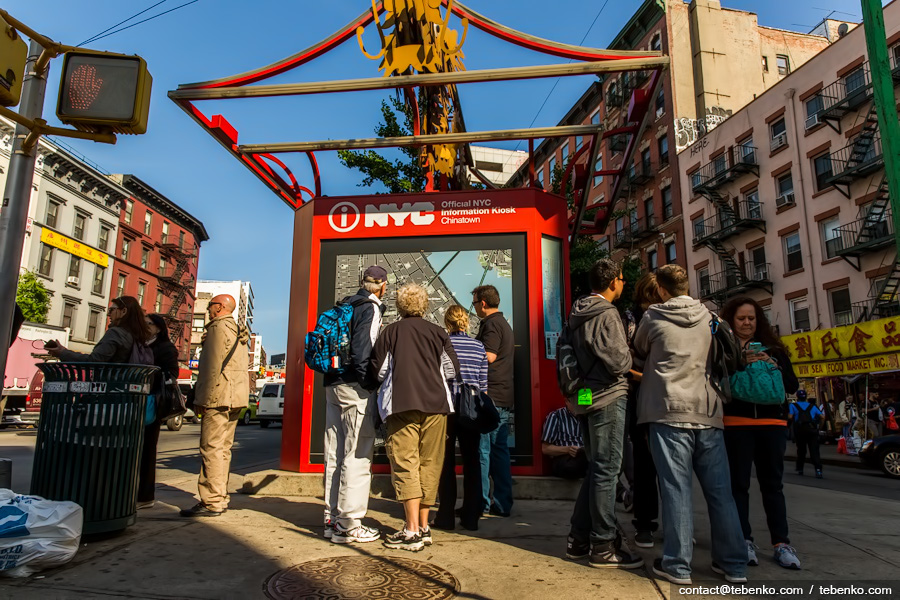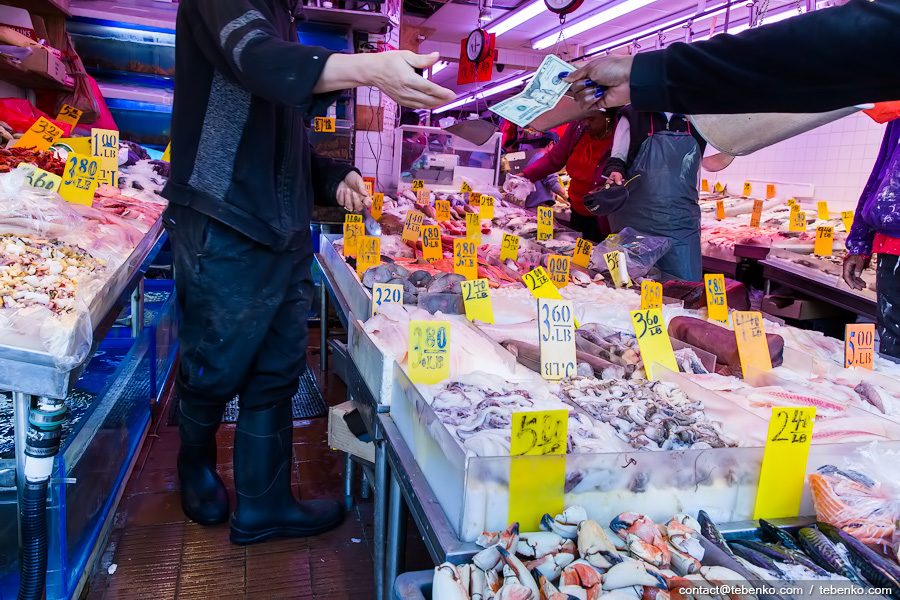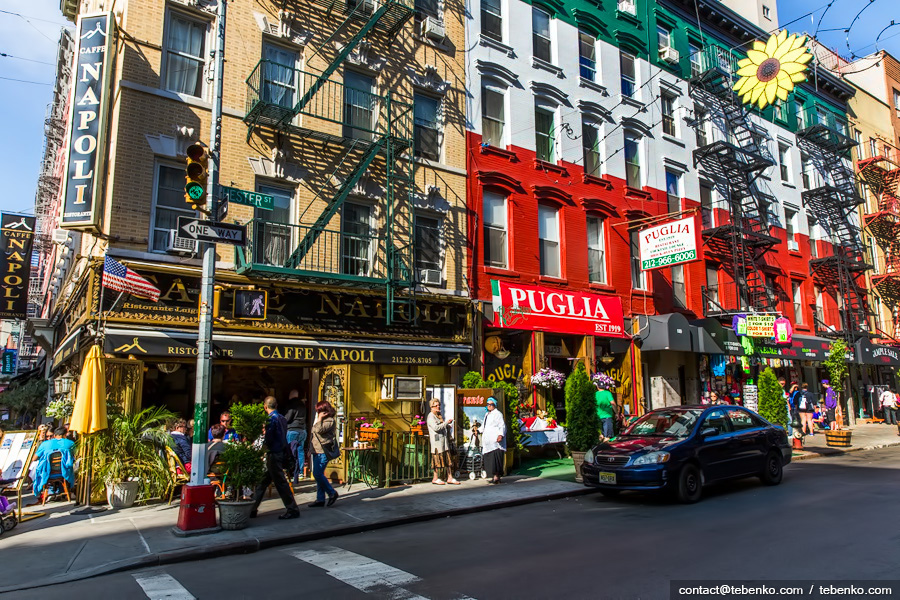After a visit to the Russian-speaking quarter on Brighton beach , we were interested in the theme of local accommodation diasporas. The choice of the next District took a long time, because we were able to remember up 243 different nationalities, and the existence of another 10 provoked fierce debate. But here come to the aid case — shoes from the Middle Kingdom, which unexpectedly broke, not only subtly hinted that nothing in this world is not eternal, but that the number of candidates should be narrowed. Candidate №2 became Chinatown.
In New York, is up 4 Chinatown, in Manhattan, in Queens and two more — in Brooklyn. By location suited us most Manhattan, and all the tourists when it comes to Chinatown, they mean exactly it. On the Internet you can read what Manhattan Chinatown allegedly the largest Chinatown outside of Asia, but local (white Americans) tend to think it over zamanuhoyu for tourists and a source of cheap goods. Many Chinese traders only work in Manhattan, and they live in Brooklyn and Queens, where all equipped to the rules of Feng Shua.
However, despite the high cost of housing in Manhattan is home to about 100,000 Chinese. Because of the language barrier with respondents more exact figure could not be determined. You can also say that all Chinatown gradually increased its territory, capturing the surrounding areas. Thus, in the Manhattan, the active pressure eastern colors could not resist Little Italy. But more on that later.
Main living in the streets of Chinatown nurtuye between Grand Street and Canal Street. Tourists are usually interested in the latter. There's Chinese and Vietnamese boutiques selling cheap and the same quality for LuyiVittony, Abibasy and other Hussi. They are produced in China or in caves nearby buildings.
About the beginning of the quarter reported inscription. Ironically it a few light bulbs burned out, so that "Welcome to the chin."
 1
1At the intersection of Canal Street and Walker standing kiosk with a detailed map of the quarter, that — the relevant detailed map. The next year, they say, would have to print new:
 5
5No one can hear and examine the situation on their own — shops, attractions and diverse treasure of tents are dark-tmuschaya:
 7
7Sometimes it seems that we walk in familiar to our citizens that a clothing market in a residential area, unless the distance between rows and more cars drive:
 8
8Food prices also significantly lower than in supermarkets. To zataryty refrigerators come here from neighboring districts. And even the bravest can dine in local cafes noneym:
 10
10At first glance it may seem that it's all spontaneous trade, which police across rides several times a day. But no, all the laws megacities — each trader's license, all pay taxes. Note the document that covers a little newspaper.
 12
12If you can not find bahabu fish, crab claws or bargain for a good price, do not worry — fish shops in Chinatown abound. The only caveat — the number of fish stores in direct proportion increases specificity flavors of the local atmosphere. Winter easier, but in the summer gourmets can tighten not only the head but the stomach.
 18
18Corporations are trying to create competition in the local catering, but it turns out they are not very well — except that the sign failed to translate. And so — no beautiful pagodas or MaoMaka menu, even sticks for potato chips are not issued.
 21
21Come here quickly. Better look for something authentic and inexpensive. Compared with the rest of Manhattan, the prices are very peaceful and do not try to bite on poor tourist pocket:
 22
22Fried rice with chicken. Note the drop in the choice have to rely only on luck and skill of the Chinese photographer:
 25
25On the streets of Chinatown significantly more people. This is generally a common feature of all of New York's Chinatown. There are a lot of Chinese people. That is, the concentration of inhabitants per square kilometer is much higher than the average for New York. Perhaps this is partly due to the fact that the average income chaynatauntsya — $42,000 a year, New York and especially Manhattan, is not enough. Therefore, the Chinese often rent / buy an apartment / house for several families and live in such a loud hostel. This, incidentally, can also explain — exactly how slowly squeeze the Chinese territory in the surrounding areas. Not all citizens can withstand a temperamental neighborhood and move out, freeing space for new dormitories:
 30
30You probably noticed that almost no Chinatown Chinese traditional building. Most of the buildings — it's old apartment buildings built in the early to mid-20th century.
 34
34And Chinese learn English harder than the Russians, because the number of Chinese signs and inscriptions that are not duplicated common language, higher than Brighton or in other areas:
 36
36From Chinatown modestly adjacent Italian region. Precisely this is not the area, and only a small segment Malberri Street with several Italian restaurants and shops. Once a large area, we can remember for the film "The Godfather", has long gone into oblivion. Local Italian diaspora could not resist the assertiveness of the Chinese quarter. It seems that a few years Little Italy is perhaps the name of Chinatown:
 37
37Walk goes on and on, if you build your route toward the Brooklyn Bridge. This bridge can go to the other side and look at the part of Manhattan:
 44
44If you listen carefully, in the evening silence hear on the shore slowly expanding Chinatown.






























